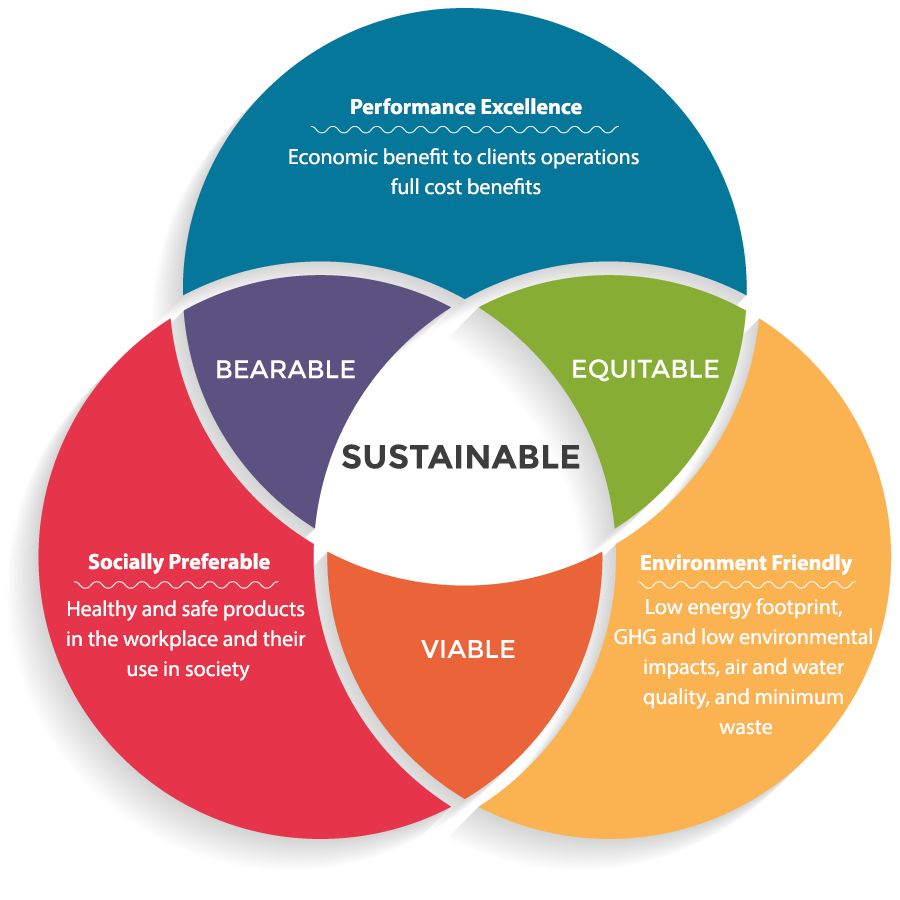Triple Bottom Line

The triple bottom line (TBL) in economics suggests that companies should prioritize social and environmental concerns as much as profits. Instead of focusing on one bottom line, there should be three: profit, people, and the planet. TBL theory aims to assess a corporation’s commitment to corporate social responsibility and its environmental impact over time.
In 1994, John Elkington, a renowned British management consultant and sustainability expert, coined the term "triple bottom line" to measure corporate performance. The idea was that a company can generate profit while also improving people’s lives and the well-being of the planet.
Key Takeaways:
1. The triple bottom line emphasizes equal attention to social, environmental, and financial issues.
2. The TBL consists of profit, people, and the planet.
3. It aims to measure a company’s financial, social, and environmental performance over time.
4. TBL can lead to employee retention, external investments, higher sales from ESG-focused customers, and operational efficiencies.
5. However, implementing TBL may be challenging, expensive, and result in competing strategies.
Understanding the Triple Bottom Line:
In finance, the bottom line refers to a company’s profits. Elkington’s TBL framework promotes sustainable business practices that consider social and environmental issues alongside financial gains. Companies must focus on how they interact socially in order to understand the full cost of doing business.
The 3 Ps of the Triple Bottom Line:
TBL suggests that companies should prioritize three bottom lines simultaneously:
1. Profit: Beyond financial gains, profit should be earned ethically and responsibly.
2. People: This involves treating employees, vendors, and customers fairly and considering their feedback.
3. Planet: Companies must address their environmental impacts, including reducing waste and using sustainable practices.
Measuring the Triple Bottom Line:
Measuring TBL can be challenging as there are few guidelines. However, financial metrics are usually well-defined. Measuring TBL components involves assessing profit, people, and planet through various methods such as earnings reports and social metrics.
Advantages and Disadvantages of the Triple Bottom Line:
Advantages:
– Positive impact on the world
– Improved employee retention
– Attracting investments and customers interested in sustainability
– Potential long-term profitability through efficiency gains
Disadvantages:
– Difficulty in measuring non-financial impacts
– Challenges in balancing different priorities
– Increased operational costs
– Lack of comparability across impact groups
Examples of Companies That Embrace the Triple Bottom Line:
Many companies, both private and public, prioritize the triple bottom line. Some examples are Ben & Jerry’s, LEGO, Mars Incorporated, and Starbucks.
What Are the 3 Elements of the Triple Bottom Line?
The triple bottom line framework incorporates social, environmental, and financial dimensions of performance, also known as people, planet, and profit.
How Is TBL Different From the Financial Bottom Line?
The financial bottom line focuses on profitability, while TBL assesses a company’s non-financial, philanthropic performance.
Who Came Up With the Triple Bottom Line?
John Elkington introduced the triple bottom line concept in 1994. It was later adopted by Shell in its sustainability report and led to the creation of the Sustainability Accounting Standards Board.
Why Is the Triple Bottom Line Important?
The triple bottom line is important because it encourages companies to prioritize social and environmental impact over profit. It also allows investors to consider companies with strong philanthropic results despite potentially lower financial profits.
In conclusion, as companies allocate more resources to social and environmental impacts, reporting their achievements using the triple bottom line becomes significant. It demonstrates success in profit, people, and the planet, appealing to management, regulators, and investors interested in a company’s holistic performance.



